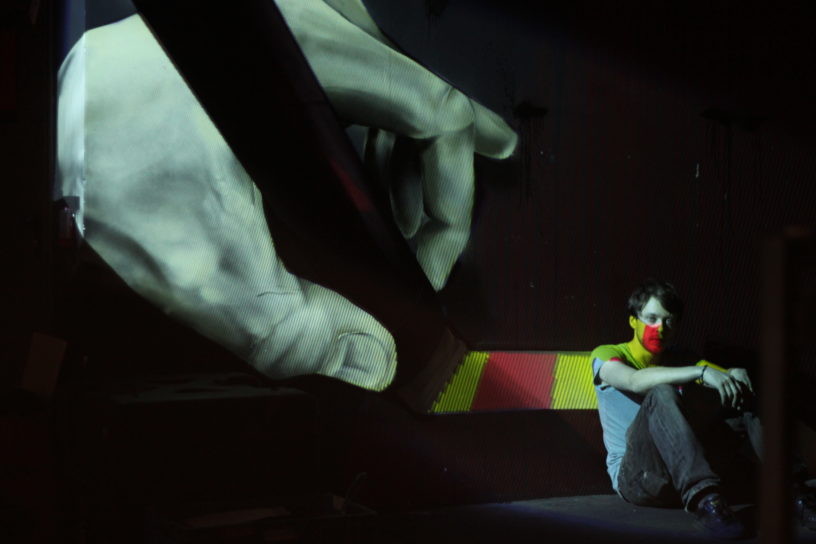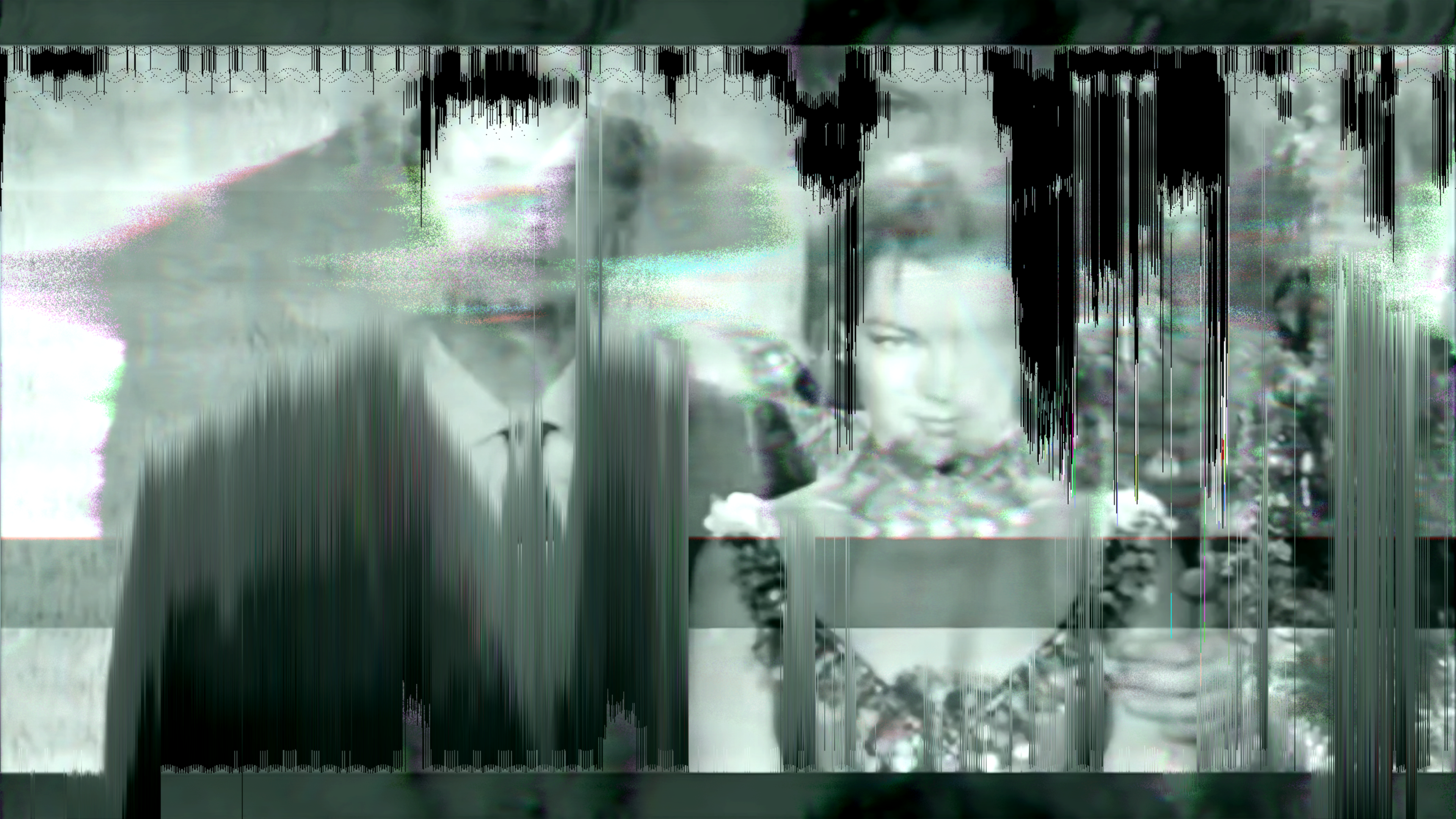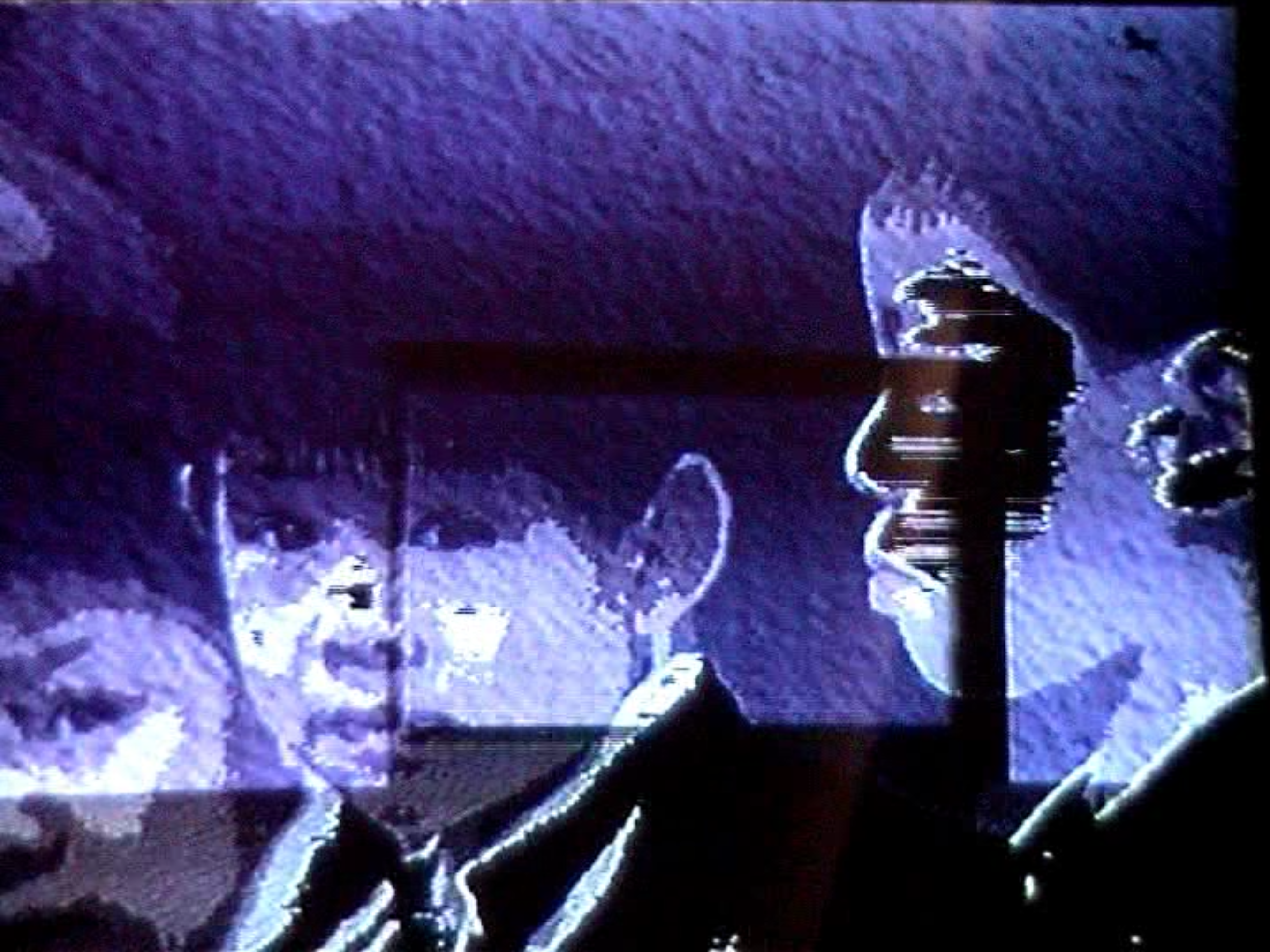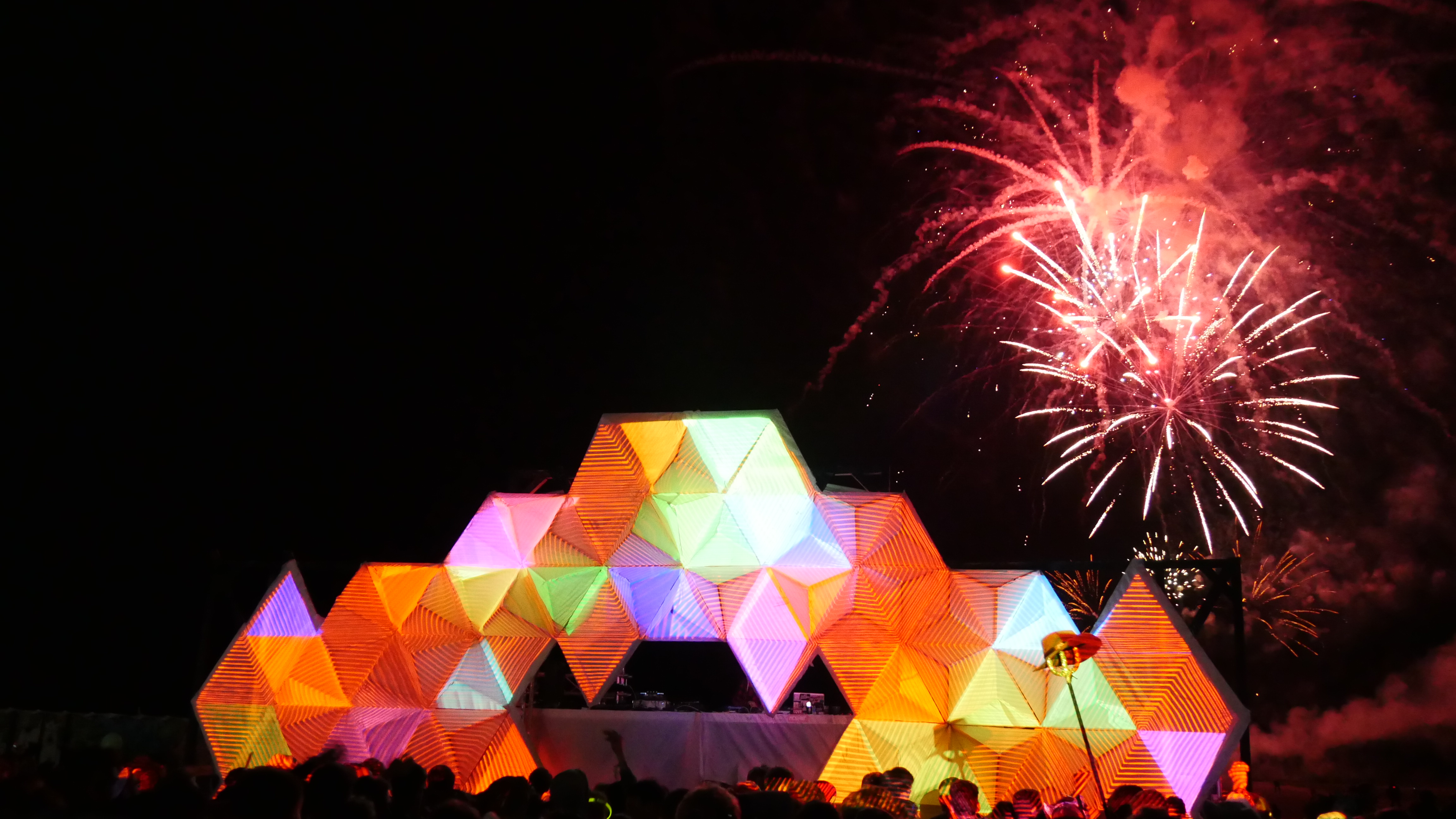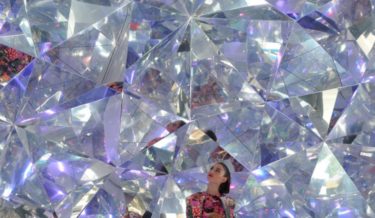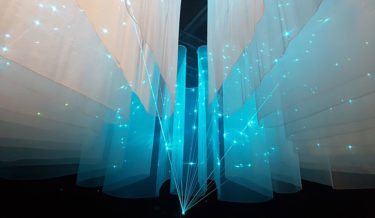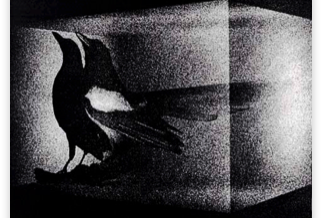Related post
This Giant Kaleidoscope is Really a Rave Cave
Apr 11, 2017
|
Comments Off on This Giant Kaleidoscope is Really a Rave Cave
4505
Spline: Audiovisual laser installation
May 23, 2017
|
Comments Off on Spline: Audiovisual laser installation
2508
Holography is an art form, not a gimmick
Jul 30, 2018
|
Comments Off on Holography is an art form, not a gimmick
2250

